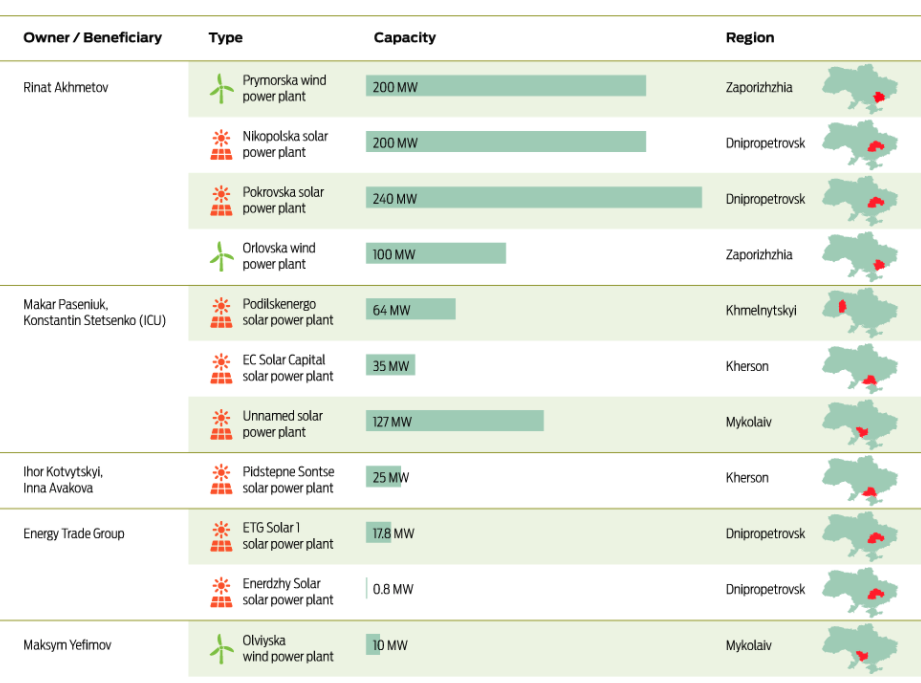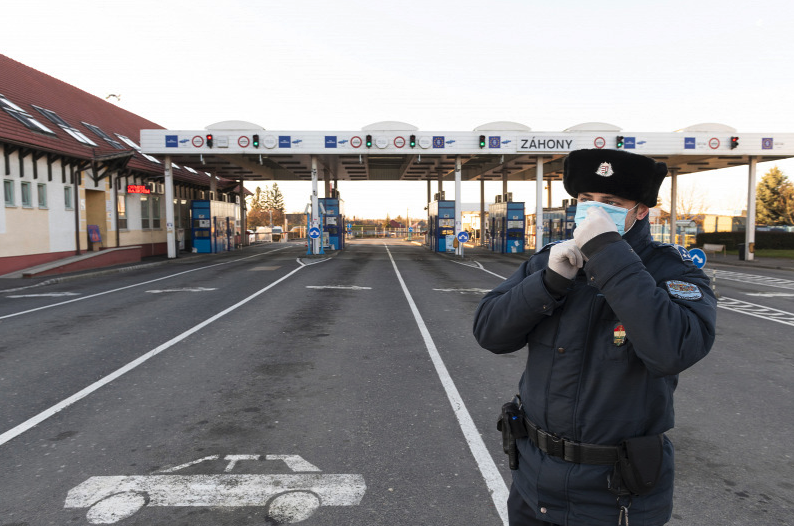According to the Belarussian media outlet NEXTA, citing anonymous Ukrainian sources, the wife of former Ukrainian Member of Parliament Ihor Kotvitsky was caught by officials in Hungary with US$28 million and €1.3 million in cash as she attempted to exit war-torn Ukraine. A picture of six bags stuffed with cash was released by NEXTA. The sum was disclosed in conformity with the law, according to Hungarian officials.
Ukrainian media report that the wife of former MP Kotvytskyy tried to take $28 million and 1.3 million euros out of #Ukraine via #Zakarpattya.
The money was found by the #Hungarian border guards and forced to declare it. pic.twitter.com/ZCjDlIxdwB
— NEXTA (@nexta_tv) March 20, 2022
Many on Twitter questioned if Anastasia Kovitska, Kotvitsky’s wife, had even considered donating part of the money to help Ukrainian families get basic necessities such as food, water, medications, and diapers for their children. One Twitter user wondered: “How does someone have $28 million in CASH? In a war zone…!?”
If true, this does beg the question of how Kotvitsky’s wife has US$28 million in cash and why she chose to smuggle it in suitcases, rather than using a wire transfer or another more transparent method. The simplest answer is that the cash was raised throughout his career, and his wife is taking it because they are fleeing a war-torn country with an unstable banking system. Of course, others may jump to the conclusion that the cash came from funds the US recently sent to Ukraine and that this is some elaborate scheme to enrich random, mid-tier politicians by skimming off foreign aid.
Did Ihor Kotvitsky benefit from special interests, and are these twitter claims grounded in fact at all? You may have to do some research into Ukraine’s lucrative green energy investments of recent years to find an answer. It’s unlikely that the Kotvitskys were able to literally grab millions in cash from US aid. A more credible answer is that it was siphoned from the Ukrainian energy industry. Despite the country’s rightfully deserved reputation for long and cold winters, they do indeed have one of the most lucrative regions to build solar plants. Stay with me here. I know power plants are not interesting but there is a deeper story.
In 2018, the Ukrainian government started a push towards more renewable energy sourcing, giving massive incentives to businesses willing to supply it. Foreign investment picked up tremendously as investors raced to meet the January 1, 2020 deadline after which the government rolled back some incentives. In the first 3 months of 2019, 62 new solar and wind plans opened, with many more opening later that year. This was undeniably good for Ukraine, as the country set an aggressive goal of growing renewables from 8% of the electrical market to 25% by 2035.
To meet these goals, the Government invited private producers to contribute through ‘feed-in tariffs,’ a strategy many countries employ. These fees paid to private corporations are almost double the rates paid in nearby European Union countries. The Ministry of Fuel and Energy estimates the surge in new plants will cause the total cost of these payments to balloon from more than US$600 million in 2018 to roughly US$1.9 billion by 2022.
Renewable energy sounds great for the environment and buoys confidence for foreign investors that Ukraine is ripe for profits. However, according to an investigation by OCCRP partner Bihus.info, Ukraine’s green energy development disproportionately favors politically connected businessmen. These include the country’s richest man, Rinat Akhmetov, Ukraine’s Interior Minister Arsen Avakov, and a parliamentary ally of President Petro Poroshenko. As of 2013, Arsen Avakov was the 118th richest person in Ukraine, with a purported net-worth US$100 million.
Ukraine has promoted renewable energy for over a decade now, but it may be lobbied by private producers. These independent producers sell electricity to Energorynok, a state monopoly market, which sells it downstream to the utility companies that supply consumers. To bolster growth in the sector, Ukraine’s parliament set the rates for Energorynok to be higher and locked them in for a decade. One of the beneficiaries of this new fostering sector is Rinat Akhmetov, Ukraine’s richest man and a known backer of former Ukrainian President Yanukovych (who now lives in exile in Russia) before he was overthrown in 2014. It’s worth noting that Yanukovych was also connected to this project through the businessmen brothers Serhiy and Andriy Klyuyev, who handed over most of their investments to the China Notional Building Material creditor.
Renewable energy stations built by the Klyuyev brothers and Akhmetov’s businesses received a whopping 35% of all Energorynok payments to alternative energy producers in 2018. These tariffs exceeded the market price by 30% for solar and 15% for wind. By way of contrast, Germany pays new solar energy plants less than half of what they recieve in Ukraine. In Portugal and Hungary, rates were less than 2/3 of the Ukraine rate. Distressed by the disparity, some Ukrainian politicians have attempted, yet failed, to lower rates on specific sources of renewable energy such as solar and wind.
Viktoriya Voitsytska, a member of the Ukrainian parliament’s energy committee, proposed a 30% cut in solar tariffs, and a 10% cut in wind tariffs. In late February of 2019, the committee soundly rejected the proposal, with only Voitsytska voting in favor.
Makar Paseniuk (yes he is on LinkedIn), a personal financial adviser to Poroshenko who built his fortune in confectionery, is another one of ex-President Yanukovych’s friends who arrived on the scene in 2019. Investment Capital Ukraine (ICU), which is run and partly owned by Paseniuk, has opened numerous plants in recent years. When pressed for questions, Paseniuk’s office noted that ICU takes all of its investments in a 50/50 partnership with VR Capital Group, an American investment fund.
Even more involved in Ukraine’s renewable energy scene is Inna Avakov, the wife of Ukraine’s ex-interior minister and People’s Front Party member Arsen Avakov. Mrs. Avakov is a partner in Pidstepne Sontse, a company that built a 25-megawatt solar plant in southern Ukraine with ex-lawmaker Ihor Kotvitsky. You know, the same Kotvitsky whose wife was allegedly just found smuggling US$28 million across the Hungarian border? Kotvitsky, by the way, is also a member of the People’s Front Party.

Ihor Kotvitsky did say, “I don’t run the business, I have just allocated the money as an investment… Experts have said that investments made in this market in the near future will pay off.” For Kotvitsky it seems they did. At least, that’s most likely where his wife got the US$28 million.
To summarize, Ihor Kotvitsky was connected to these shady green energy subsidies in Ukraine through his association with various People’s Front Party politicians and businessmen. Yet the question of why was his wife doing her best Pablo Escobar impression by trying to literally smuggle cash in suitcases across the border remains. Was it simply that they made some good investments, the markets are down, and they have no other option? I wouldn’t pretend to know what it’s like to be in a country during a literal war, much less what it’s like to operate outside of the West’s (relatively) tightly regulated financial system. But this all should make you question why people, especially politicians, accumulate insane fortunes simply from knowing the right people and being at the helm of government investment decisions.
Under a new law adopted in April of 2017 by Ukraine’s parliament, Energorynok was restructured into three companies: a guaranteed buyer (a state-owned trader that buys electricity from producers under feed-in tariffs and sells this electricity on the organized day-ahead and intraday markets), a market operator (responsible for organizing trading on the day-ahead and intra-day markets) and Energorynok (responsible for dealing with outstanding debts).
So, as mentioned earlier, Energorynok was the single market buyer for the energy provided by these private producers until parliament adopted the Electricity Market Law. Obviously, those in parliament knew this change was going to happen before the public did. Similarly, their prominent friends in the energy business knew there was profit to be made. So, are these suitcases full of cash evidence of corruption? Most likely. Due to the enormous price hikes Ukraine placed on renewable energy, as well as the near-certainty that the parliamentary proposal to cut rates would be defeated, it seems that this was a no-lose investment. If so, was the money Ihor Kotvitsky’s ex-wife brought across the border a result of their connections and subsequent investments? Was it simply years of good financial advisors and savings that lead them to have such large amounts of hard cash? Did the money come from another source? Is the whole story propaganda? Perhaps only the Kotvitskys know.


